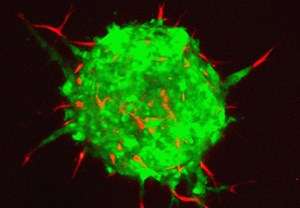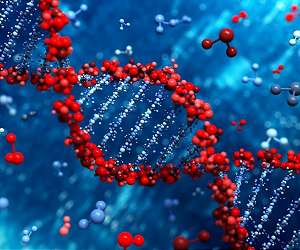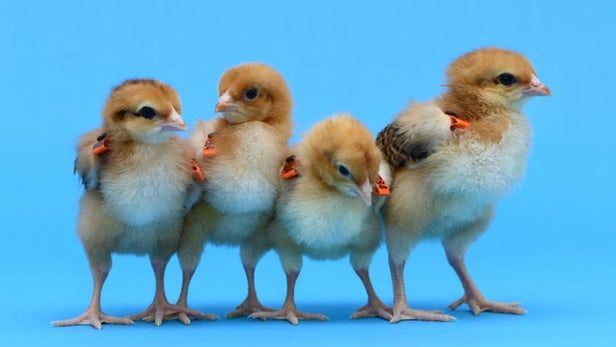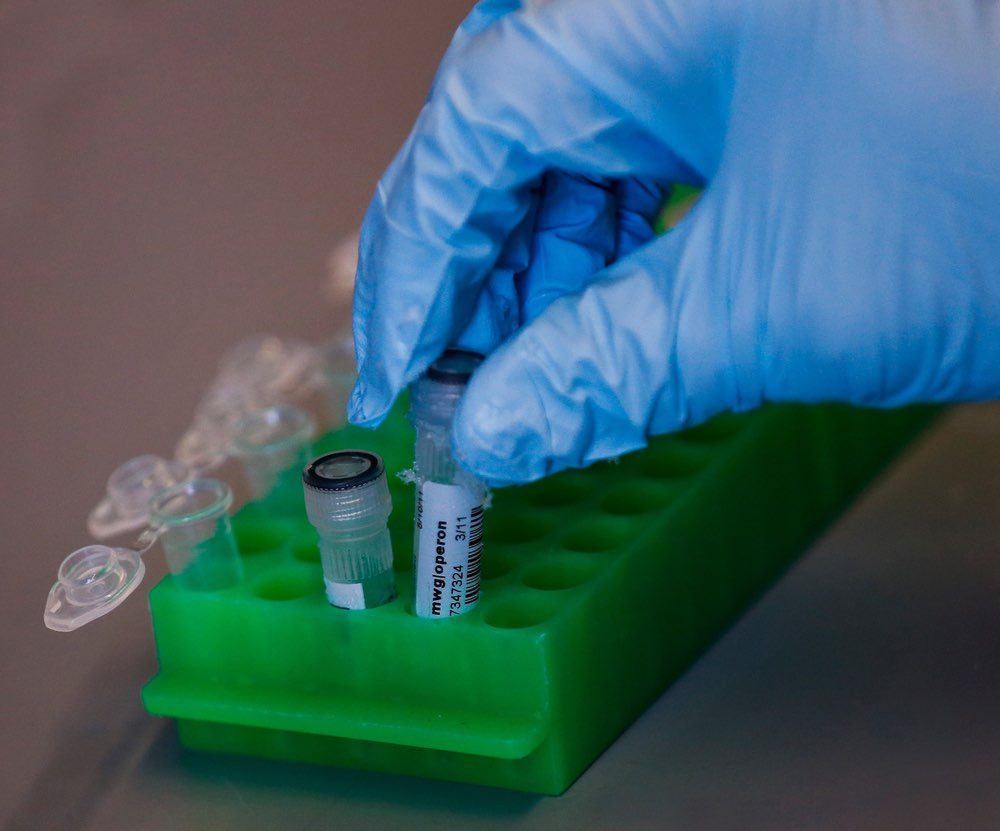Feb 25, 2017
Cancer cells hijack healthy cells to help them spread to other organs
Posted by Kevin Huang in categories: bioengineering, biotech/medical
An interaction between two proteins enables cancer cells to use the physical forces of healthy cells to start spreading to other parts of the body.
The finding by researchers from the Francis Crick Institute in London and the Institute for Bioengineering of Catalonia (IBEC) in Barcelona is published in the journal Nature Cell Biology.
The process by which cancer cells separate from the original tumour to form new tumours in other organs or tissues of the body is called metastasis, and it is responsible for the majority of deaths in patients with cancer.
Continue reading “Cancer cells hijack healthy cells to help them spread to other organs” »









 For those interested in life extension and bionic / cyborg type enhancements, this CMU Robotics Institute Seminar gives an overview of the background and current developments in artificial vision. José Alain Sahel MD is a world leading ophthalmologist with a lengthy bio and numerous honors and appointments.
For those interested in life extension and bionic / cyborg type enhancements, this CMU Robotics Institute Seminar gives an overview of the background and current developments in artificial vision. José Alain Sahel MD is a world leading ophthalmologist with a lengthy bio and numerous honors and appointments.








